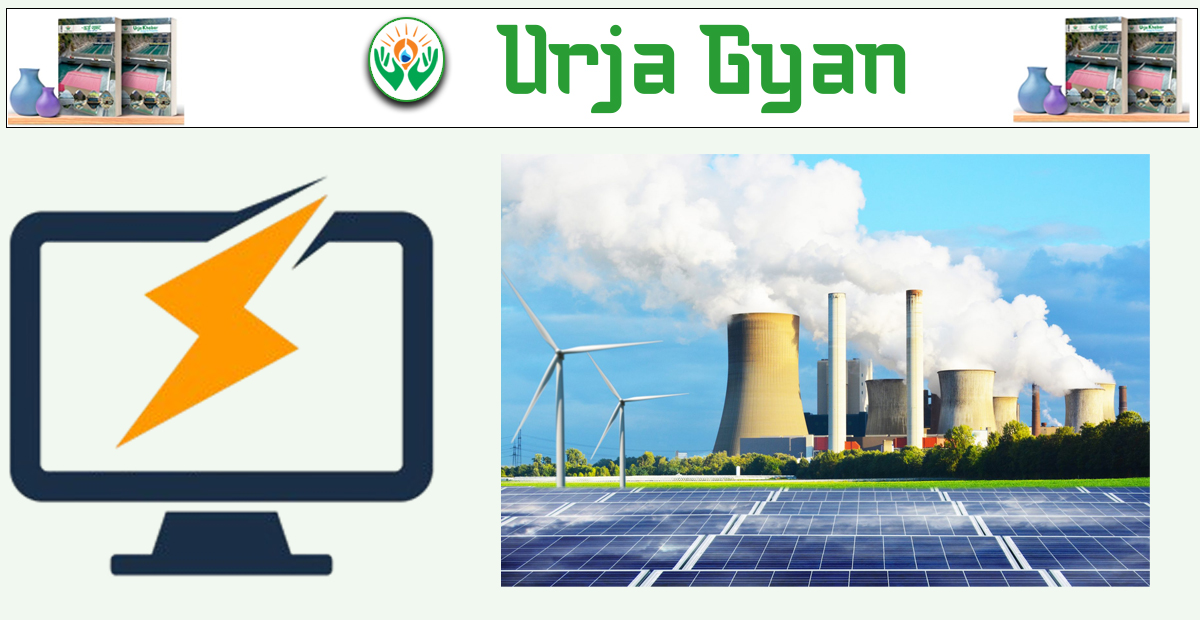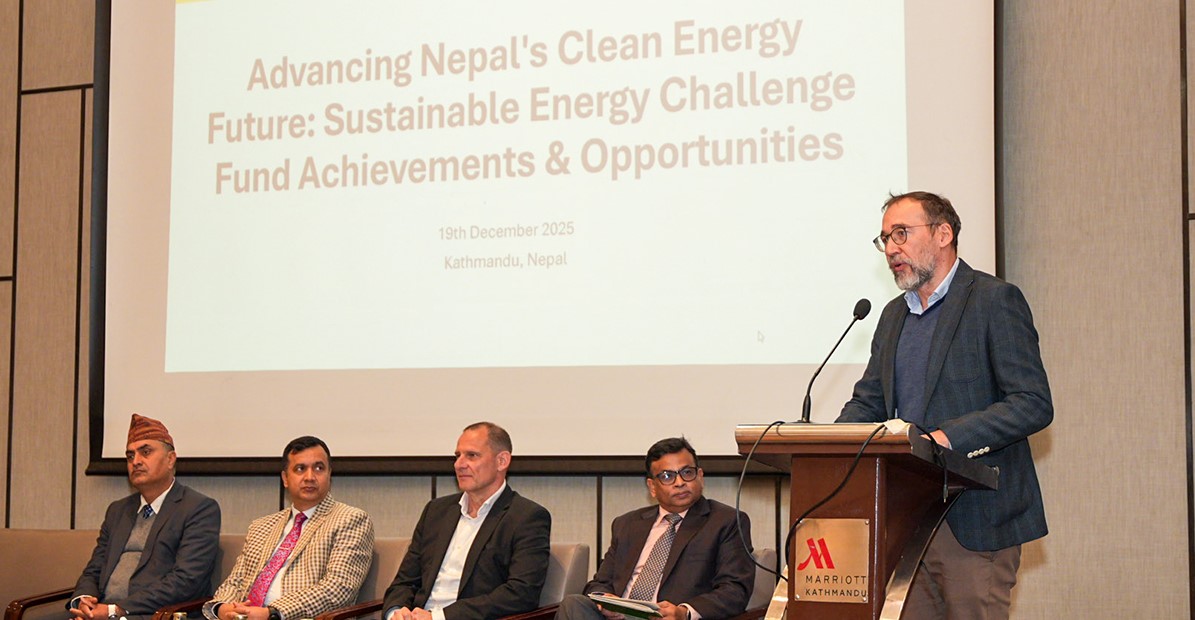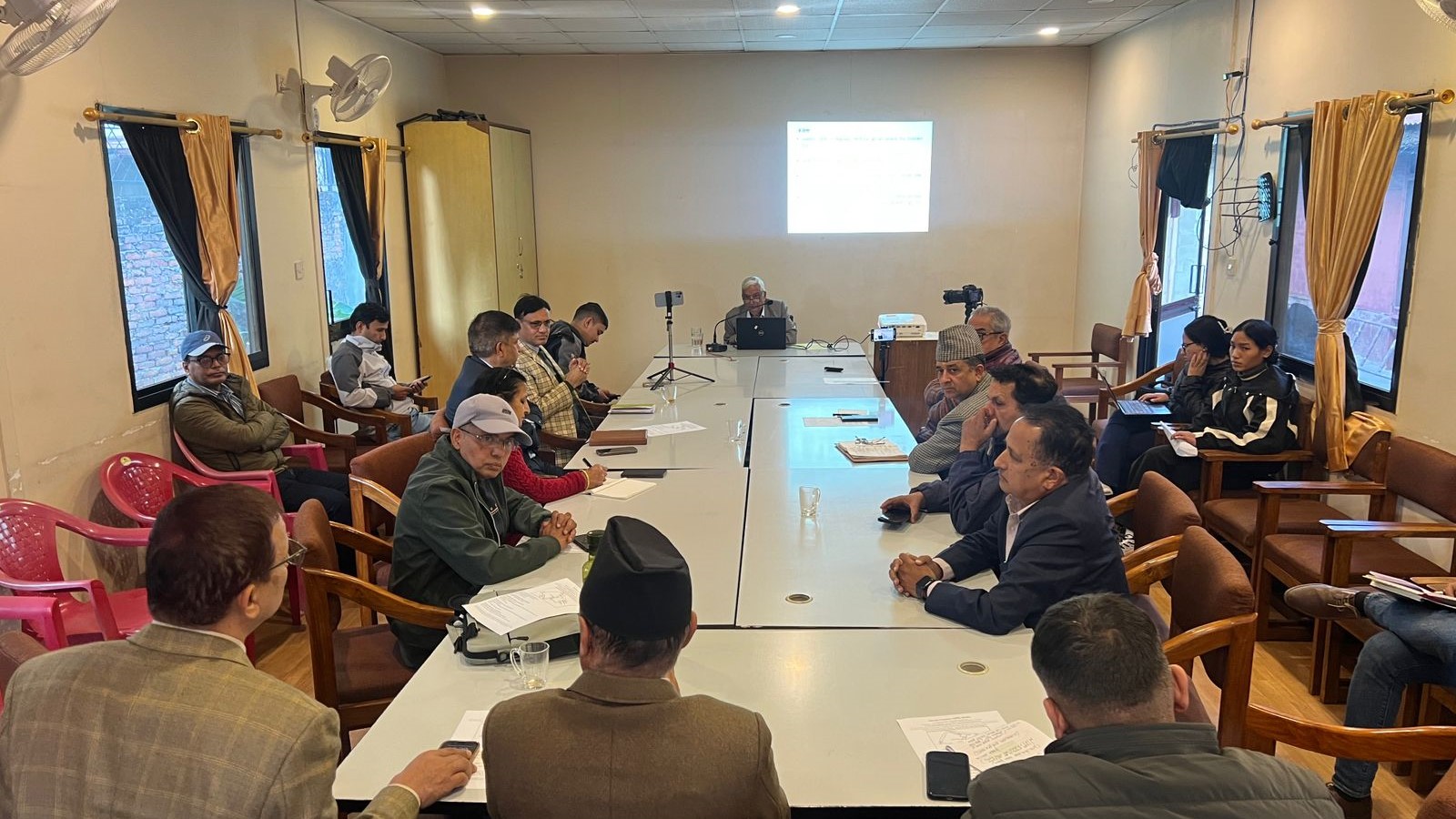Energy Update
Impact and Solutions of the Energy Sector on Environment and Climate

Kathmandu; In the weekly column "Urja Gyan" released every Friday in Urja Khabar, this week we are going to write on the topic "Impact and Solutions of the Energy Sector on Environment and Climate." We wrote on the topic "Energy Storage and Its Importance" last week.
Environmental and Climate Impacts of the Energy Sector

Energy is one of the major drivers of climate change and contamination of the environment. It contaminates the air, water, and soil, and leads to a considerable share of global greenhouse emissions. The most significant environmental and climate issues caused by the energy sector are the following:
1. Greenhouse Gas Emissions

- Major Sources: Burning coal, petroleum, and gas for power generation, cooking and heating, operating machinery, and transportation.
- Impact: Increases greenhouse gas emissions such as carbon dioxide (CO₂), methane (CH₄), and nitrous oxide (N₂O) that lead to global warming.
- Climate Risks: Extremes of weather, sea-level rise, and changed rainfall patterns.
2. Air Pollution
- Emissions: Sulfur dioxide (SO₂), nitrogen oxides (NOx), and particulate matter (PM) - a mix of extremely small solid or liquid particles that cannot be observed without a device.
- Health Effects: Respiratory disease, cardiovascular disease, and early death.
- Sources: Thermal power generation, diesel generation, and industrial fuel combustion.
3. Water Pollution
- Thermal power plants consume plenty of water for cooling purposes.
- Hydropower schemes affect river ecosystems, disrupt fish migration, and affect water quality.
- Production and leakage of oil and gas pollute water bodies.
4. Land Degradation and Habitat Destruction
- Mining: Coal, petroleum, and uranium mining ruin the environment and ecosystems.
- Infrastructure Development: Road, pipeline, and electric transmission line laying disrupts wildlife habitats.
- Renewables: Solar and wind farm projects impact land use and nature balance.
5. Climate Risks
- Disasters: Severe rain, floods, heatwaves, droughts, hailstorms, glacial melting, and storms destroy infrastructure.
- Optical Climate Variability: Fluctuations in weather system and season patterns.
6. Solutions and Mitigation Measures
(a) Transition to Clean Energy
Fossil fuel to clean energy transition.
Increased reliance on cleaner sources such as solar, wind, hydro, and biogas.
(b) Energy Efficiency
Invest and adopt technologies with low energy consumption.
Diffuse energy-efficient technologies to buildings, industry, and transport.
(c) Carbon Pricing and Taxation
Internalize environmental costs into market prices.
Pass carbon taxes.
Set up cap-and-trade mechanisms (carbon emission allowance and trading).
(d) Nature-Based Solutions
Increase production and use of green energy that supports ecosystem restoration.
Reforest, revegetate degraded wetlands, reduce emissions, and conserve biodiversity.
Reduce the use of combustible fossil fuels.
(e) Strengthening the Energy-Based Economy
Promote recycling and material reuse that have been used in the energy sector.
Recycle and reuse material used in solar panels, batteries, and wind turbine components.
7. Challenges to Energy Transition
- Dependence on High-Carbon Sources of Energy: There is extensive dependence on high-carbon energy sources such as firewood, coal, and oil. Due to economic and political factors, it is difficult to phase out this dependence in time.
- Just Transition: Communities dependent on jobs and livelihoods tied to mineral and fossil fuel economies must be protected through other means — a challenging but imperative task
Conversation
- Info. Dept. Reg. No. : 254/073/74
- Telephone : +977-1-5321303
- Email : [email protected]














.jpg)